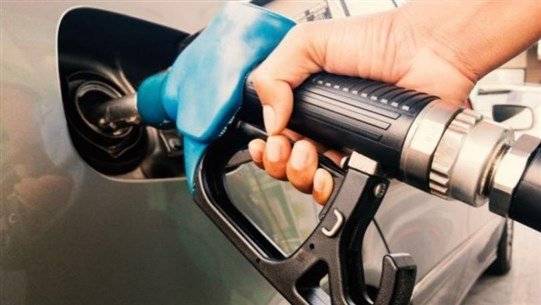The long lines at gas stations, which had raised their hoses two days ago and cordoned off their entrances with reinforced ropes, claiming a lack of gasoline, have begun to shrink starting yesterday afternoon. This change followed the Ministry of Energy's increase of gasoline prices by 16,000 Lebanese pounds after having previously reduced them by the same amount in the fuel price list issued at the end of last week. The Ministry of Economy conducted morning rounds yesterday, forcing gas stations in Nabatiyeh to open their doors, while others were fined. However, by the afternoon, the stations reopened automatically after being reassured that the price per canister had risen again by 16,000 pounds.
As for the distributors and station owners, their eyes remain fixed on the Central Bank of Lebanon to resolve the requirement for import companies to pay for fuel in a single installment to be converted through "Sayrafa," instead of having it deposited in three installments in the importer’s bank account at different times. As learned by "Nidaa Al-Watan", this matter has been settled by the Central Bank, and an agreement has been reached between oil import companies and the central bank, meaning that the central bank will not issue any differing solution or decision.
George Brax, a member of the Gas Station Owners Syndicate, explained to "Nidaa Al-Watan" that this method was previously in practice when the price of a gasoline canister was around 25,000 pounds. However, the current import costs are very high and cannot be borne by the importer, as they now have to wait for their current stock to be fully distributed before importing another shipment. They must convert the Lebanese pounds they hold into dollars through "Sayrafa," which will create confusion in the availability of the product.
Additionally, the Central Bank continued its process of withdrawing from its role in the fuel importation through "Sayrafa." Previously, importers received 85% of the imported fuel bill according to the Sayrafa dollar rate and 15% according to the black market rate. An additional amendment was made yesterday, changing the ratio to 30% from the black market and 70% from "Sayrafa." Thus, the Central Bank will continue to adopt this mechanism, making the importation process completely based on the equivalent dollar price. It is noted that the Central Bank is using Special Drawing Rights (SDR) funds, which are also approaching depletion.
This will lead to a new issue as station owners and distributors will demand that gasoline be priced in dollars, thereby joining the rapidly dollarizing trend affecting all sectors. Concurrently, the dollar became the focus of events yesterday, marking a significant jump in its exchange rate, reaching around 32,500 Lebanese pounds by the evening. This rise persists despite the ongoing tourism season and the presence of tourists in the country. Financial advisor Ghassan Chamas expressed concern to "Nidaa Al-Watan" about the potential increase in the dollar's rate in two or three weeks, after expatriates and tourists leave the country, warning that "it will become difficult to bring it down again."




